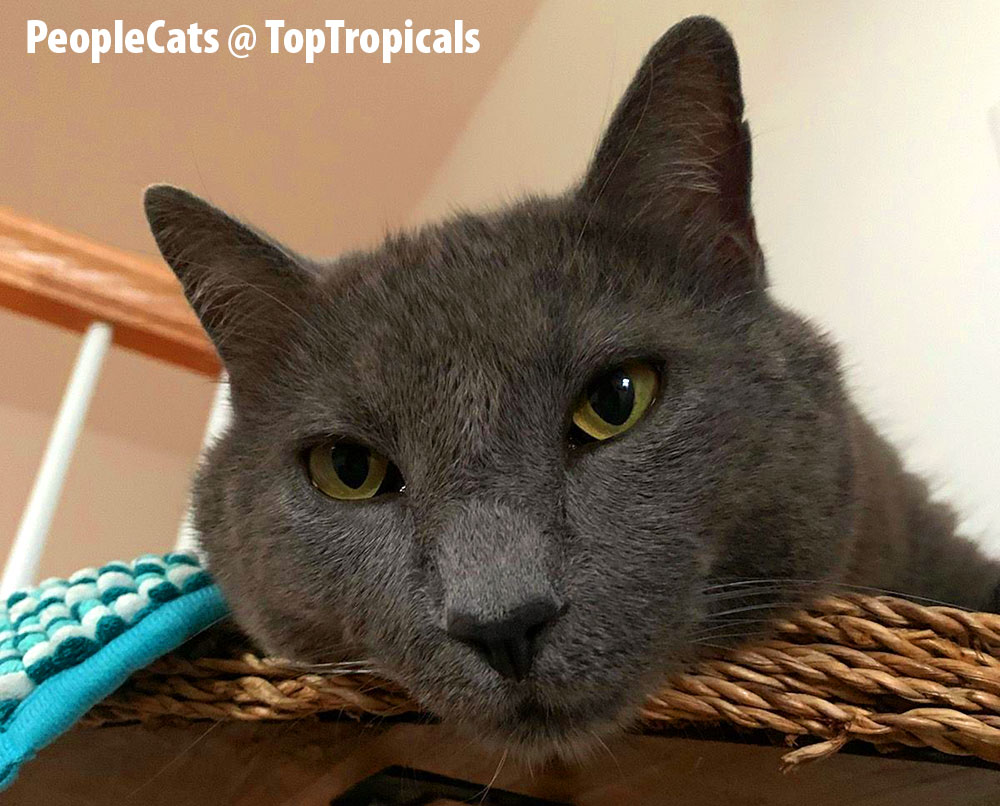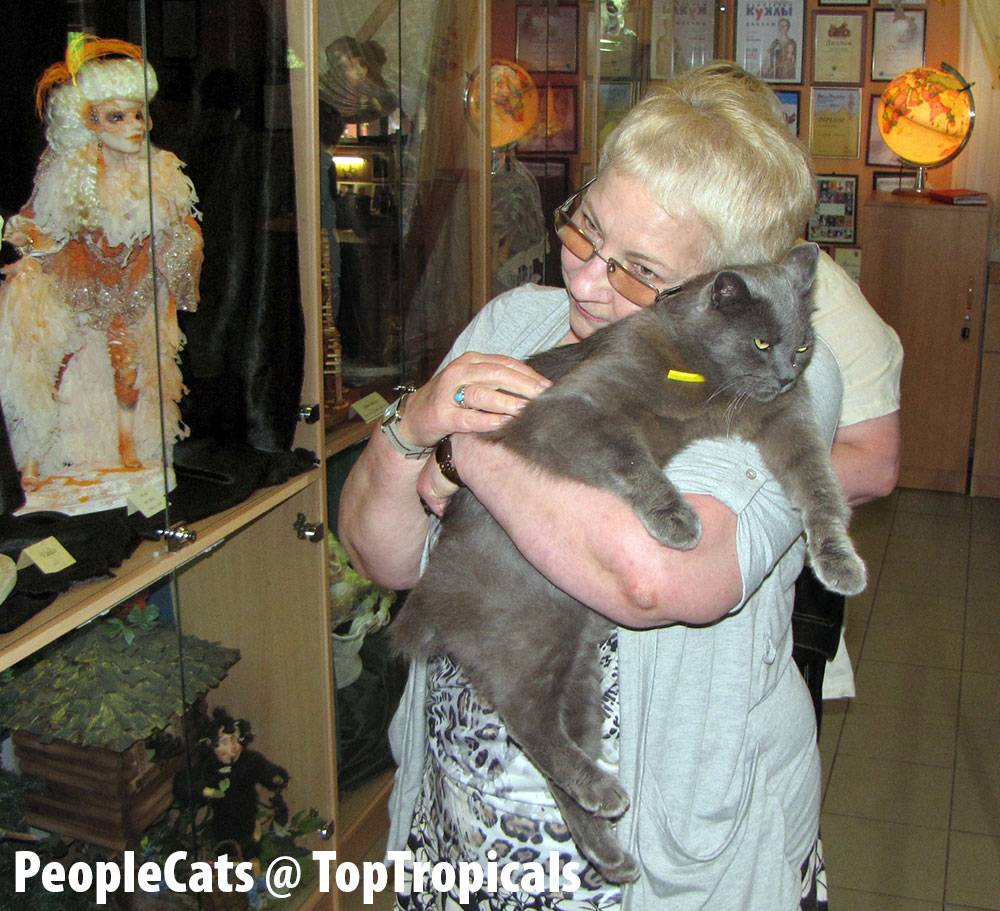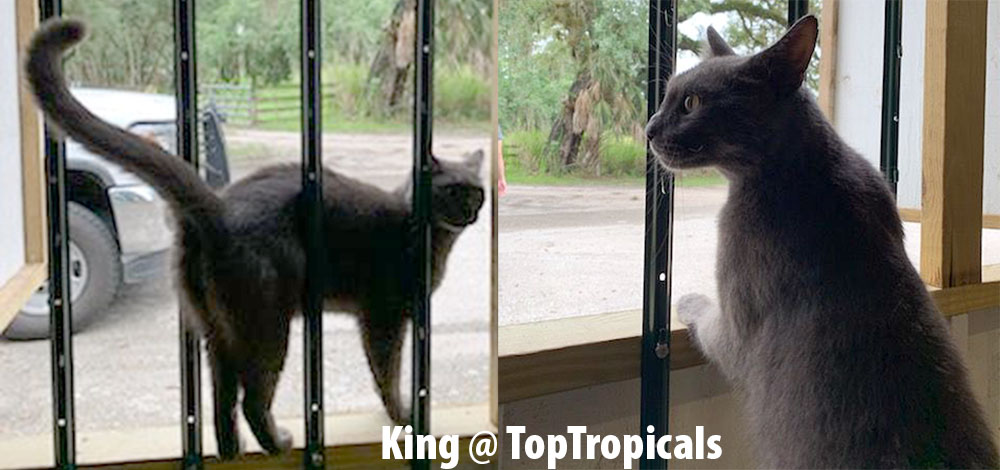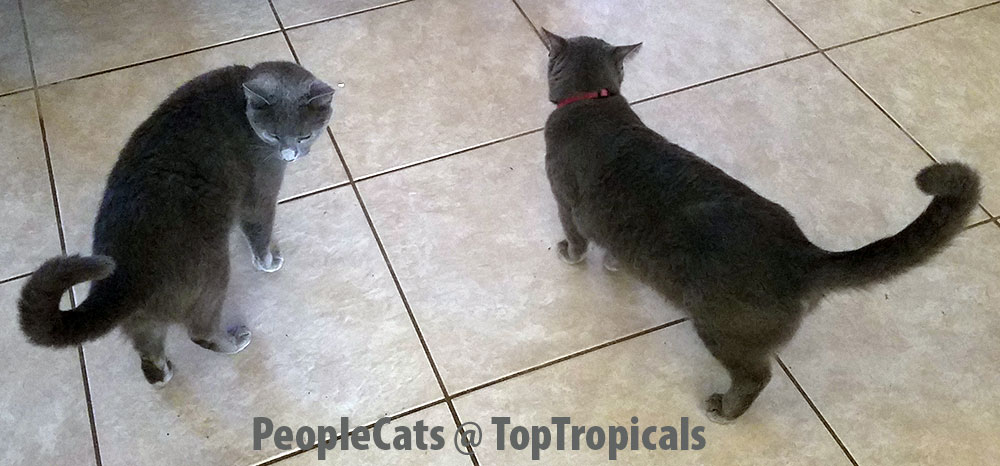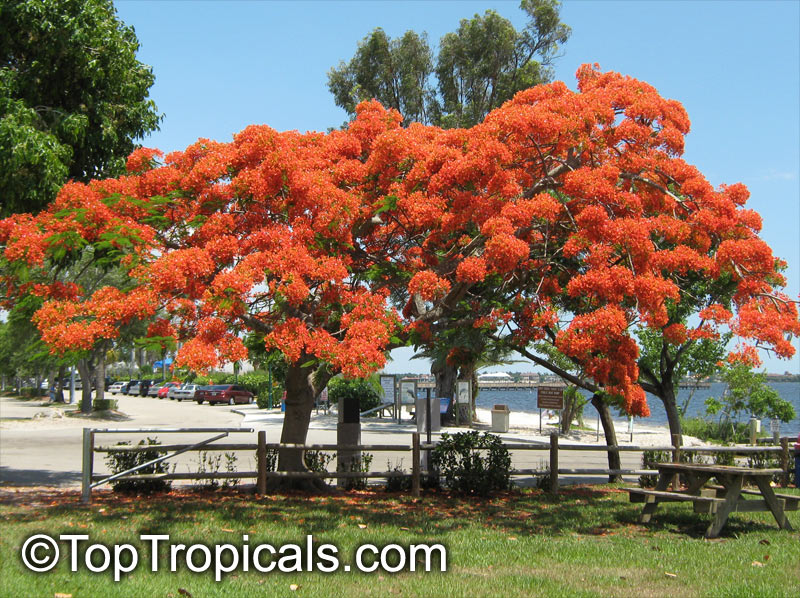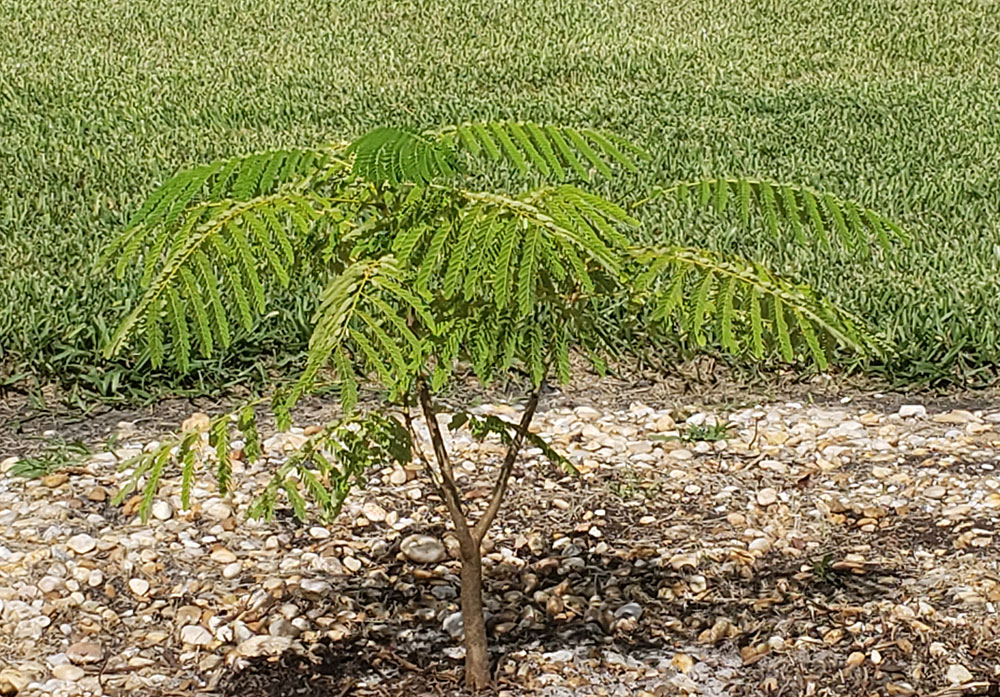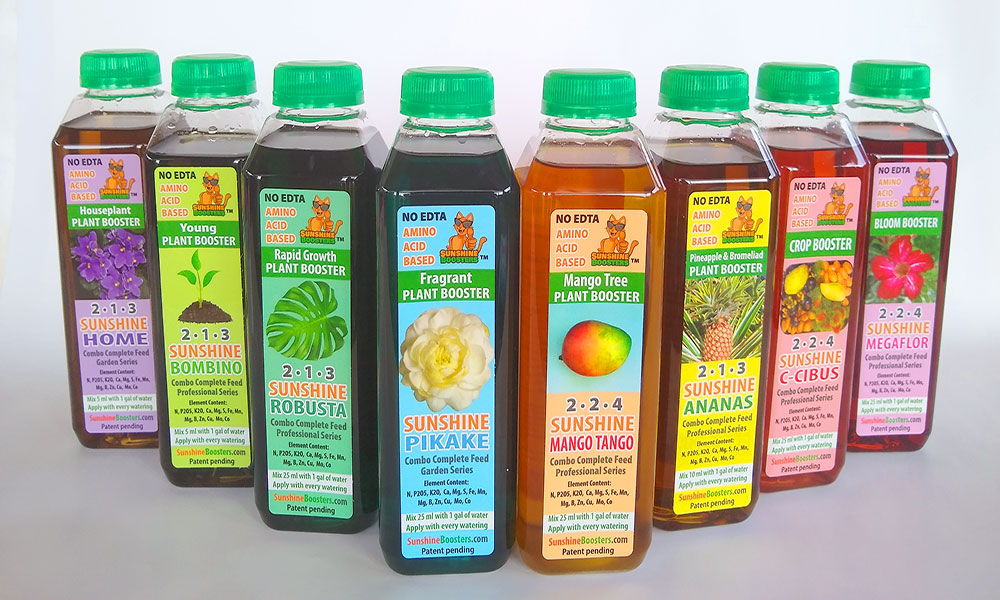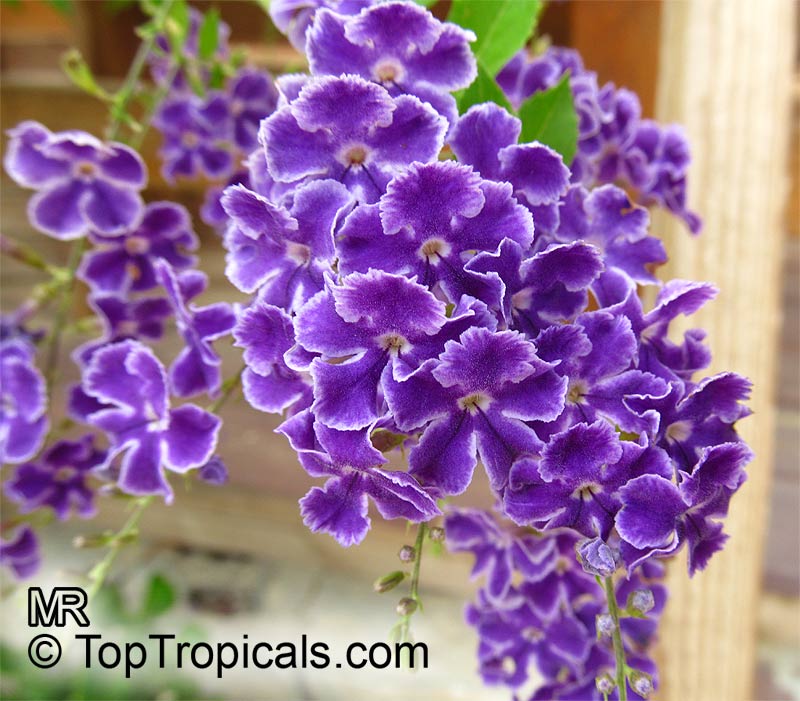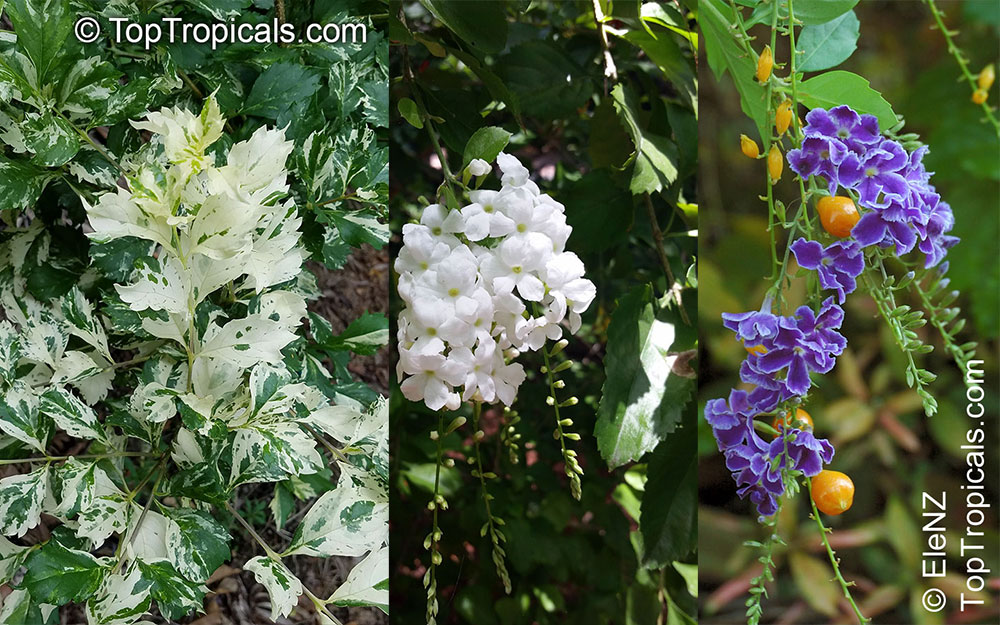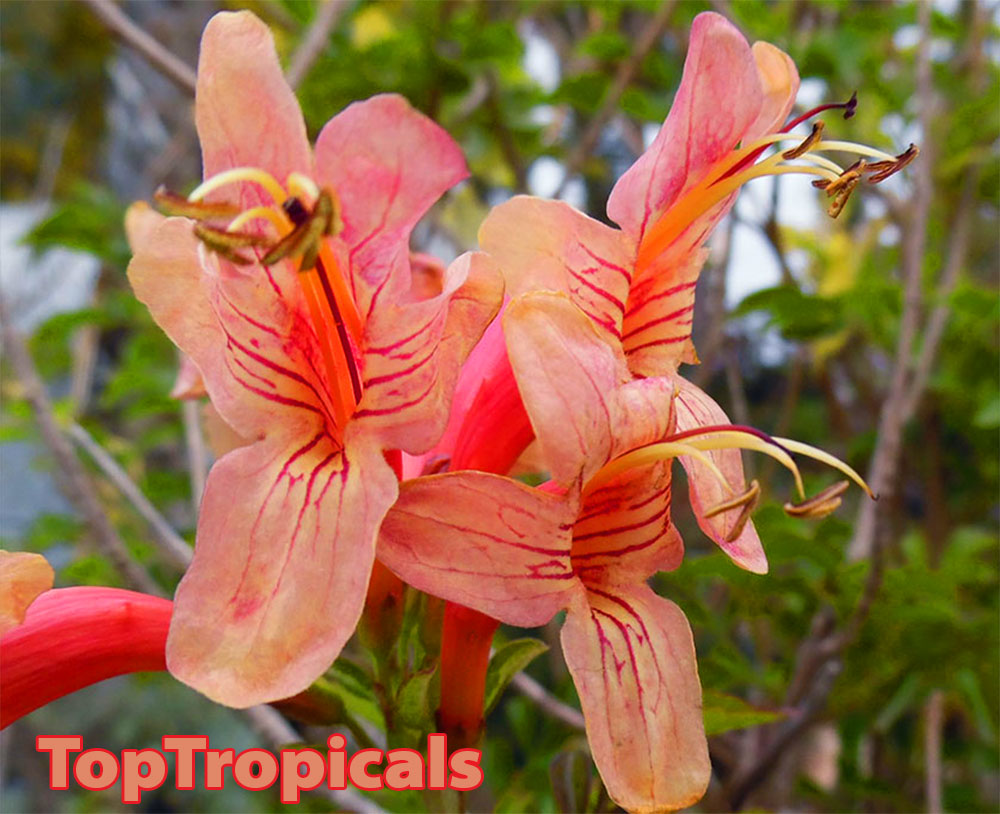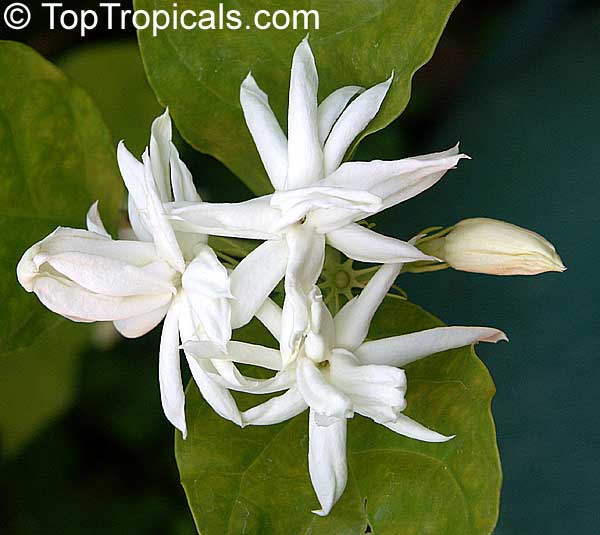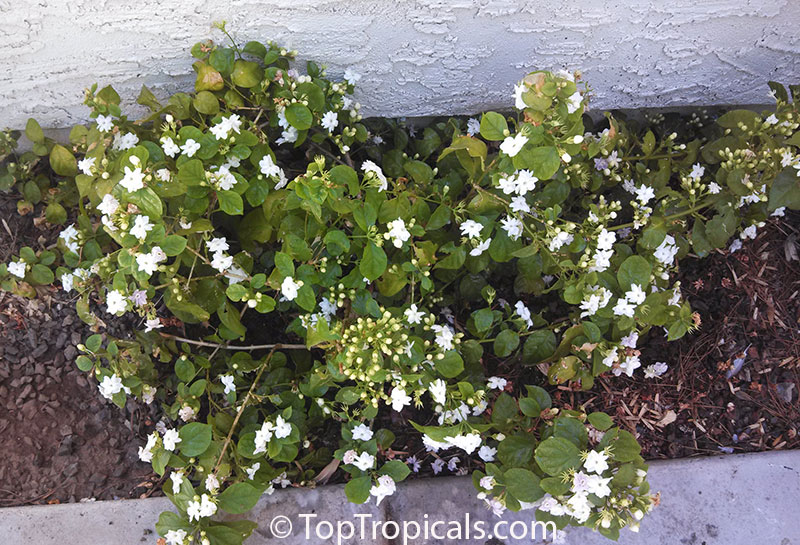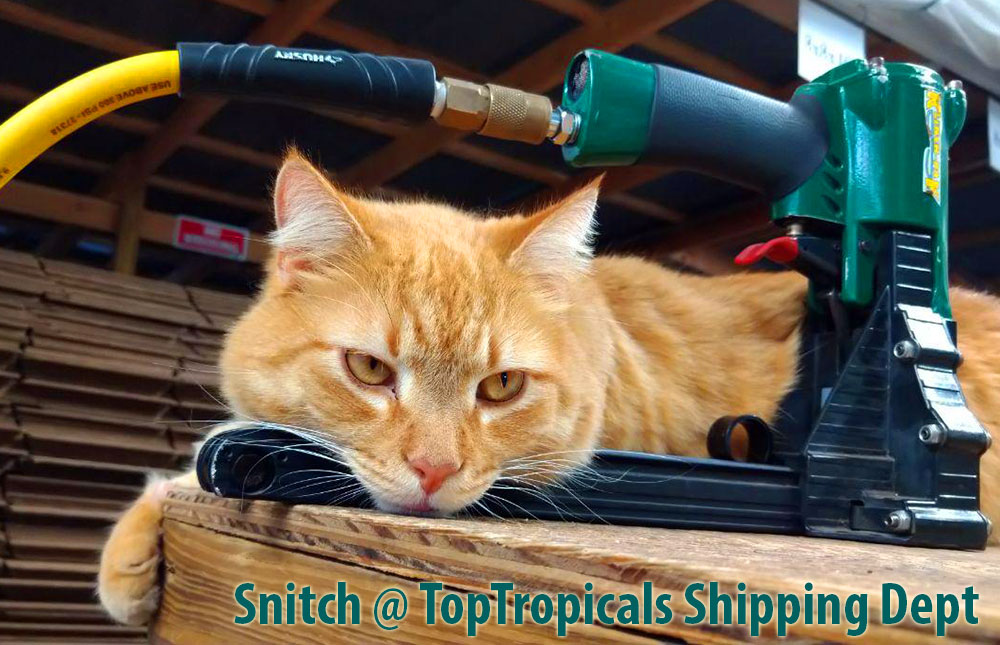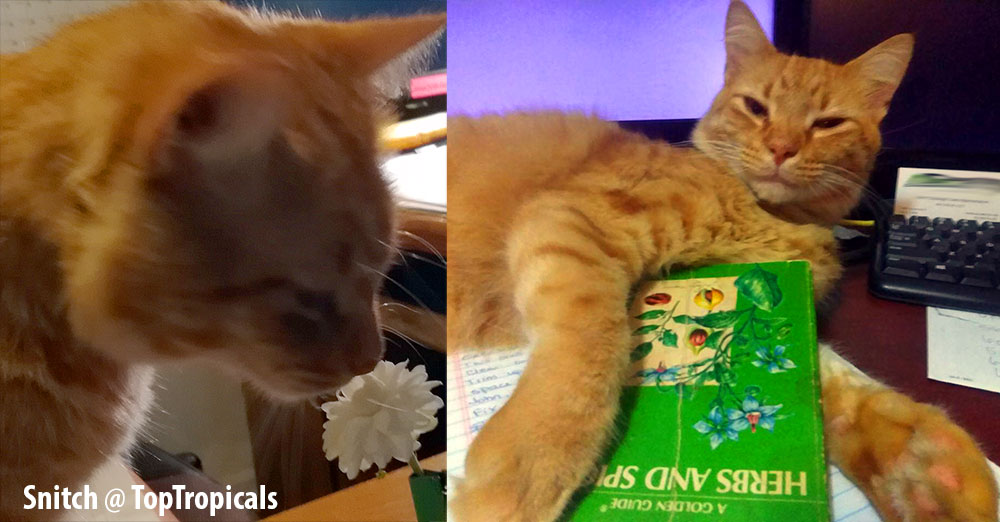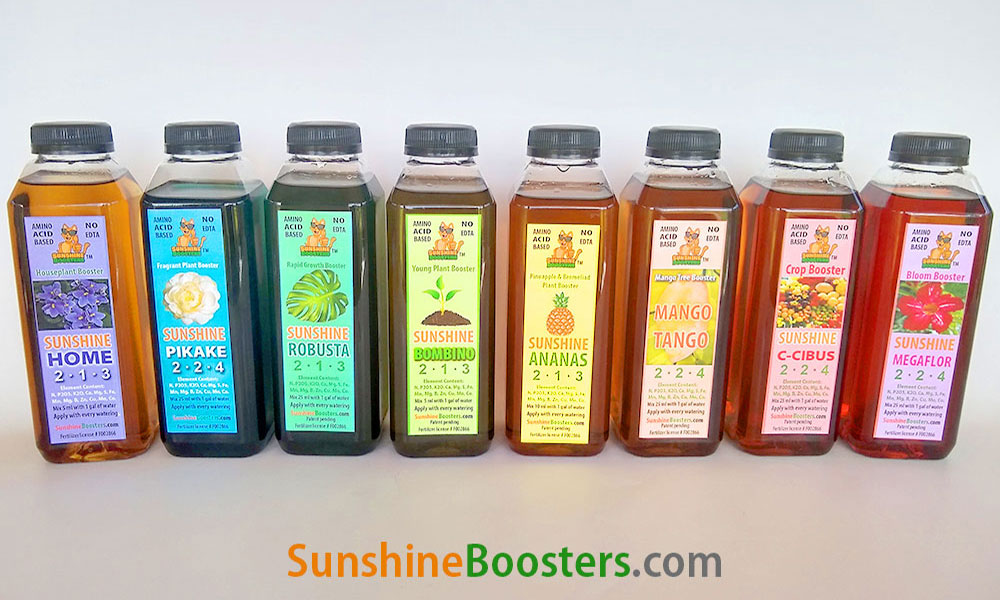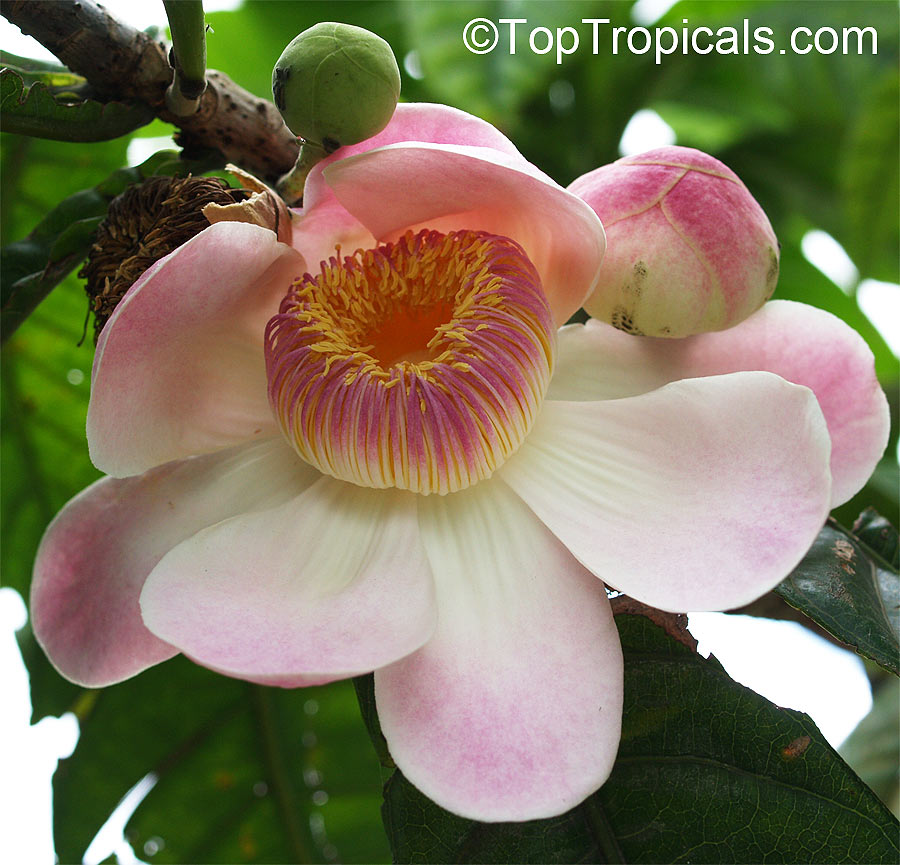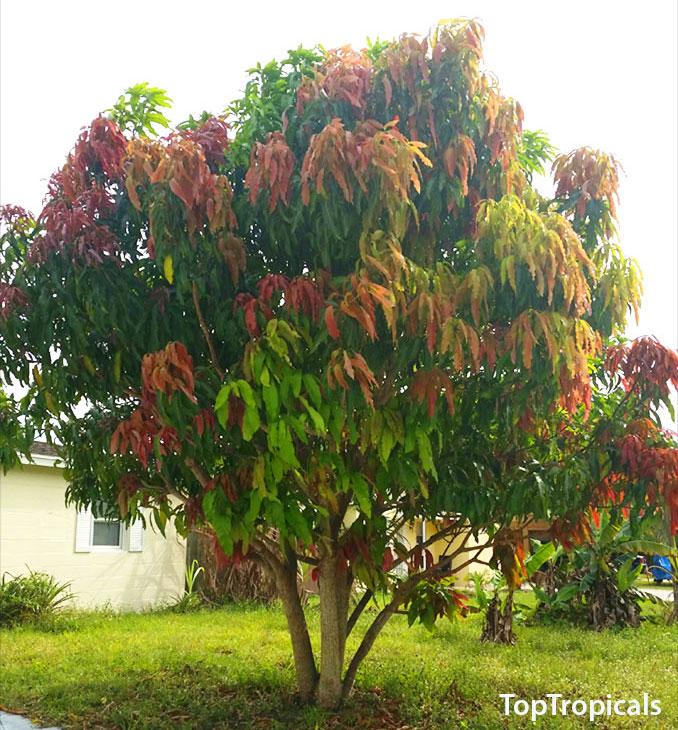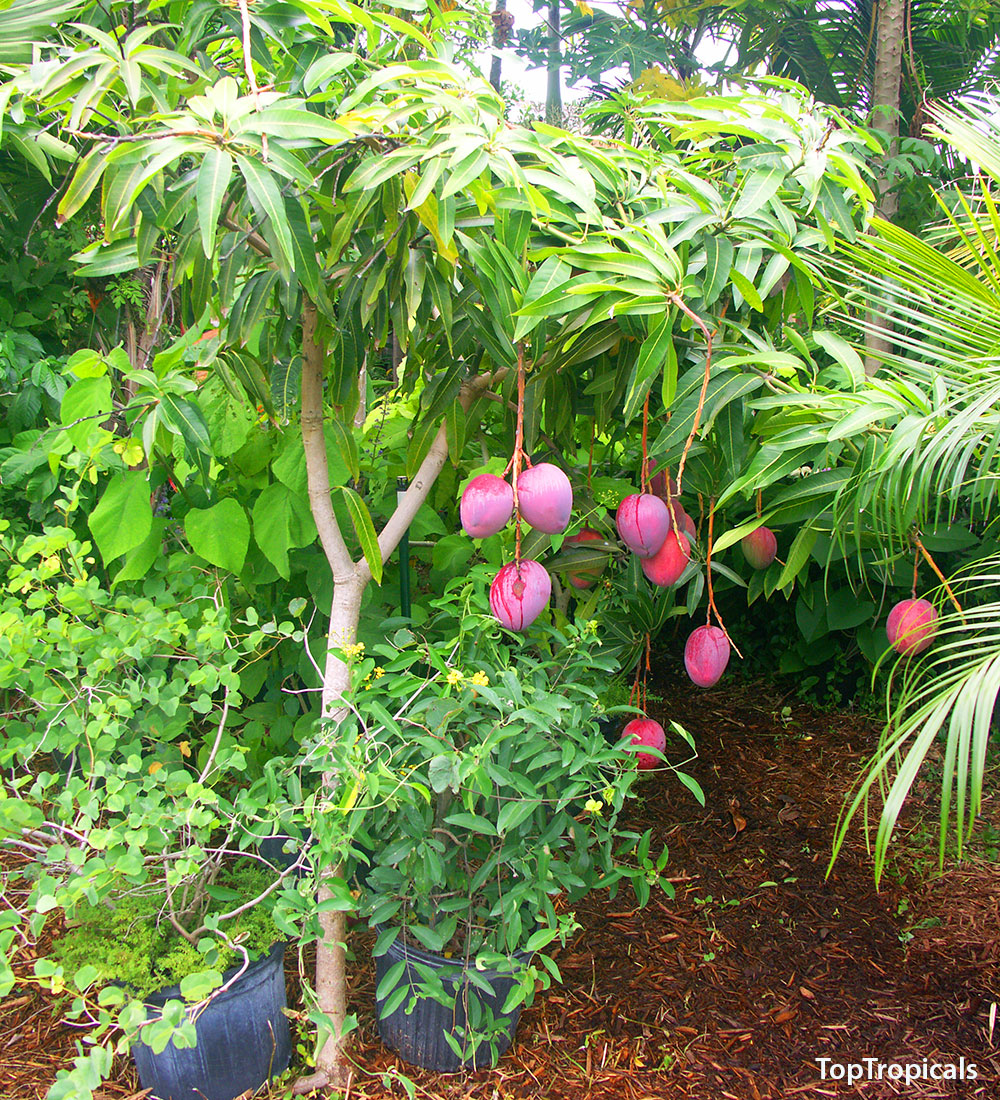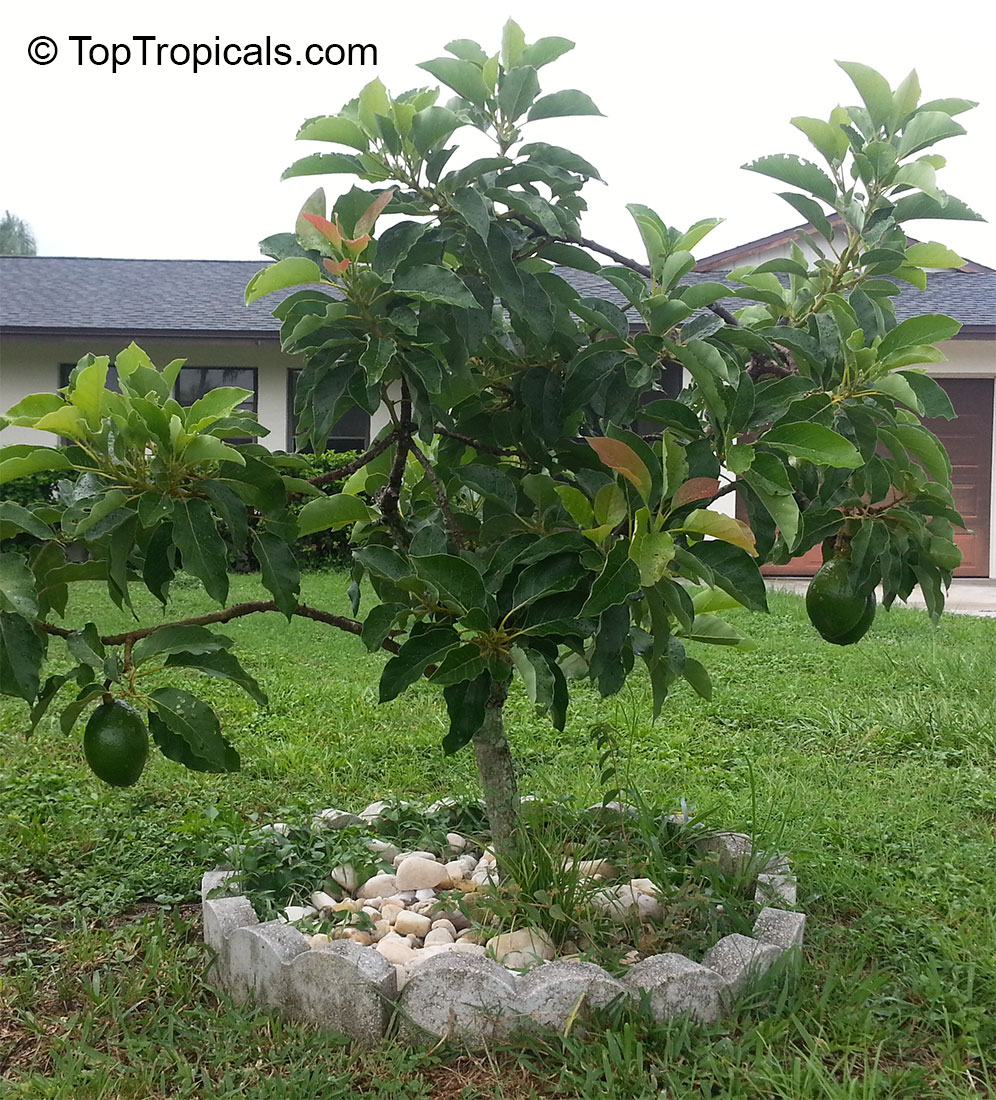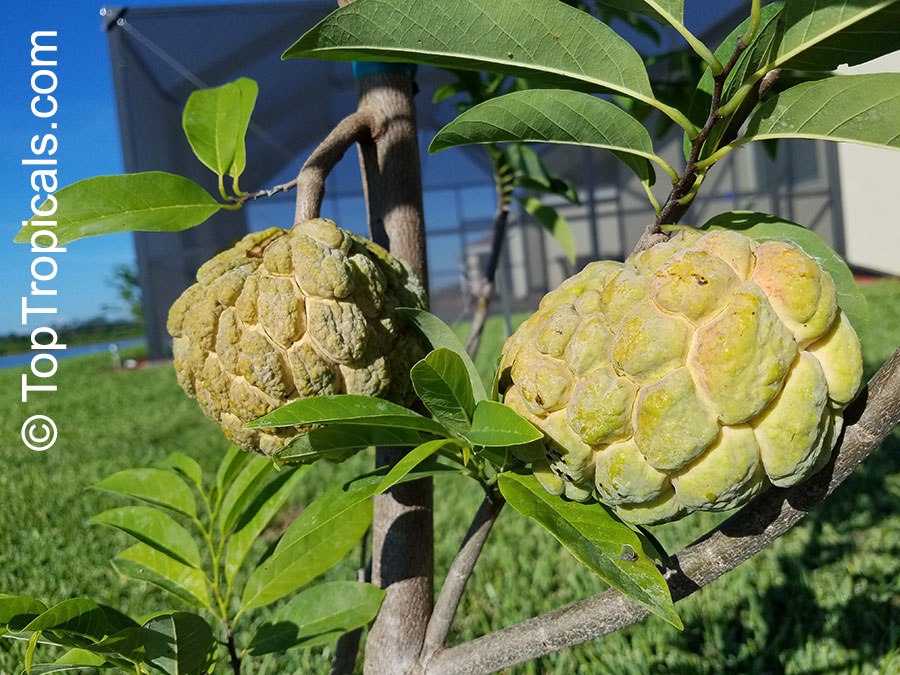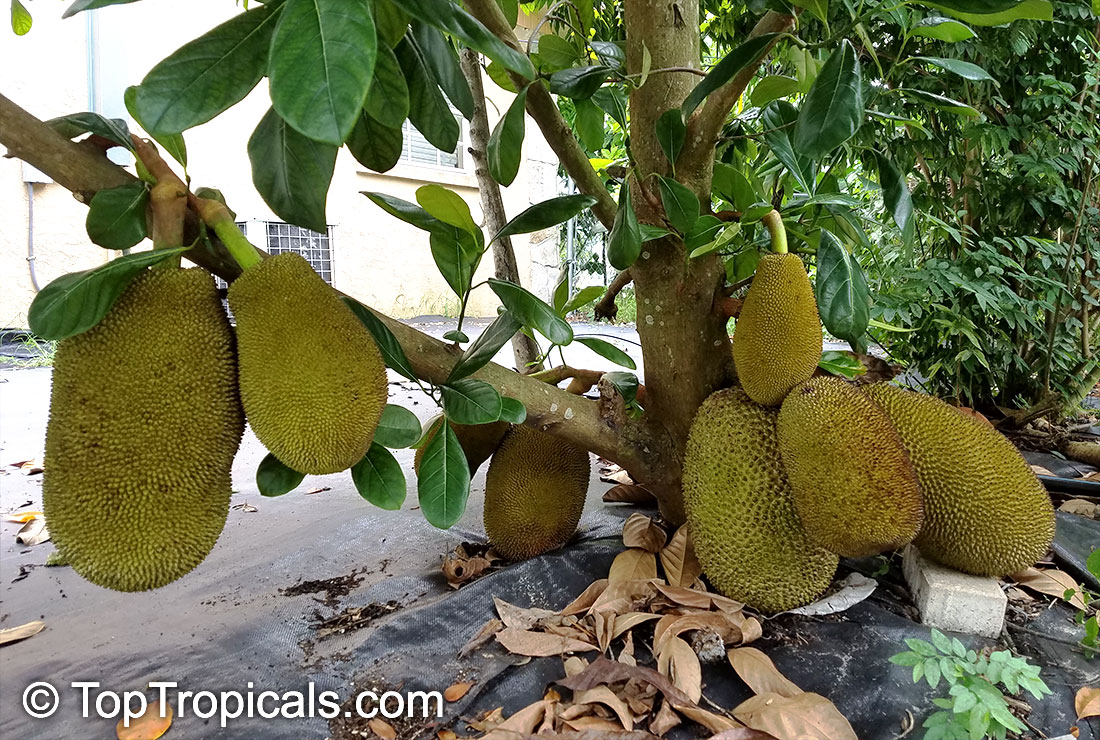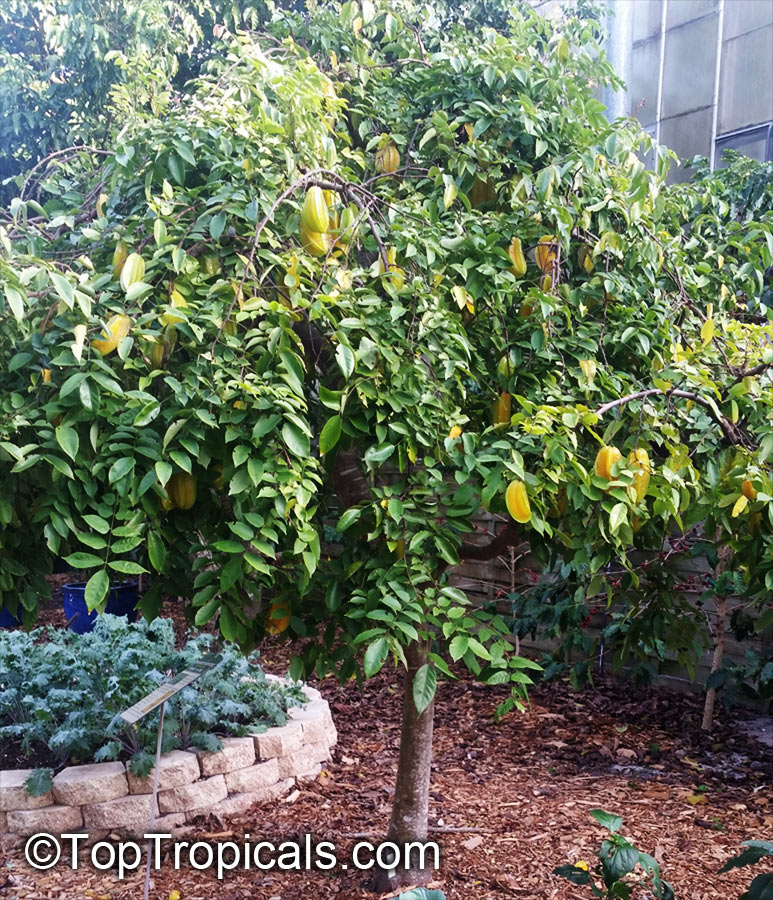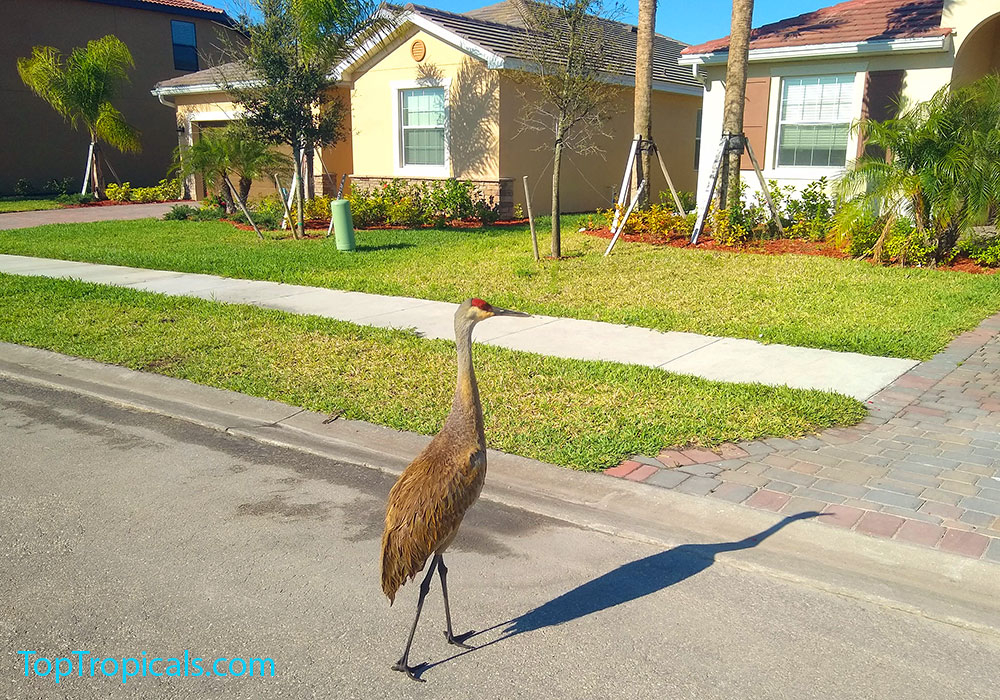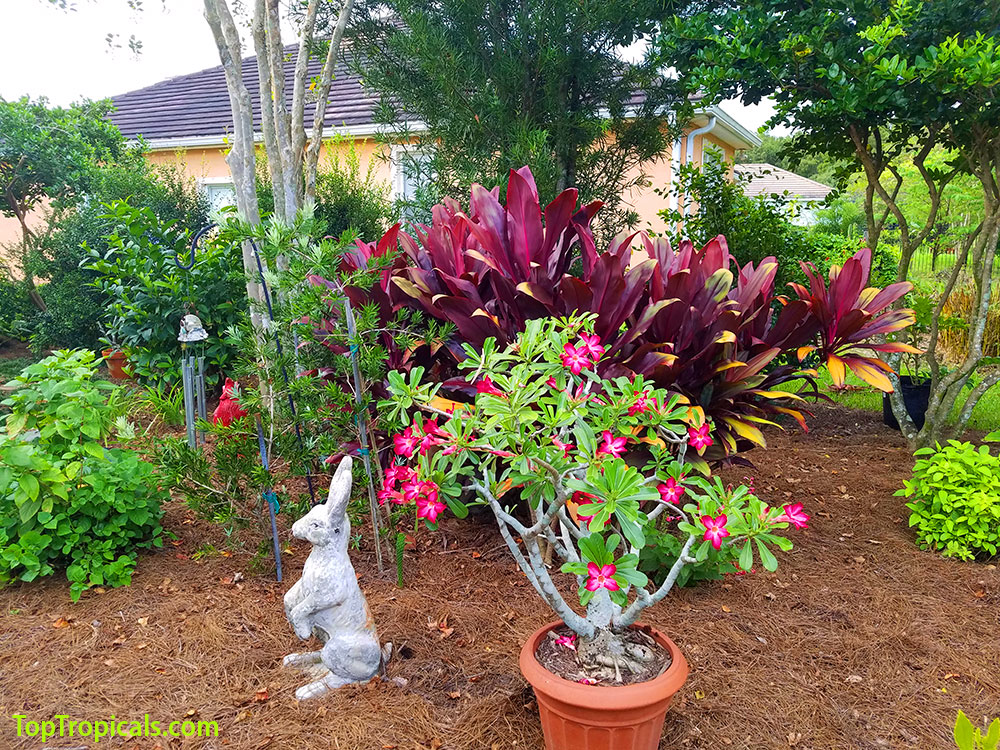Date:
Meet PeopleCats of TopTropicals. Cat of the day: Russian Blue - a true Angel
Many customers ask if they can adopt one of our PeopleCats. Sorry, the answers is no, because they are not only members
of our family, but also valuable employees who help us around the nursery:
to grow and ship plants, work on construction projects, and even take care of
property security. However, we can give some advise on what kind of cats make
the most purrrfect companions.
If you are searching for a pet with a heart of an Angel, who is gentle and
loving, the Russian Blue is the perfect purrson to add to your family. The
Russian Blue breed comes in beautiful shades of gray, varying from a light
shimmering silver to a darker, slate gray. Their short, dense coat has been the
hallmark of the Russian breed for more than a century. It is a naturally
occurring breed originated in the port of Arkhangelsk in Russia. They are also
sometimes called ArchAngel Blues. It is believed that sailors took Russian Blues
from the Archangel Isles to Great Britain and Northern Europe in the
1860s.
Throughout the history of Top Tropicals, we've had many Russian Blues,
including famous Wesley, Marco, and King that are loved by everyone.
In the photo: TopTropicals editor Alex with Gosha - manager of the Puppet Kingdom, Museum of Dolls in Preili, Latvia
In the photo: King is checking security of the new window
TopTropicals PeopleCat Club and Zoo
Thank you for supporting us in helping PeopleCat Community!
Make
your kind donation today and receive a surprise gift from us! Every little
bit helps. Thank you and God bless you and your pets!
